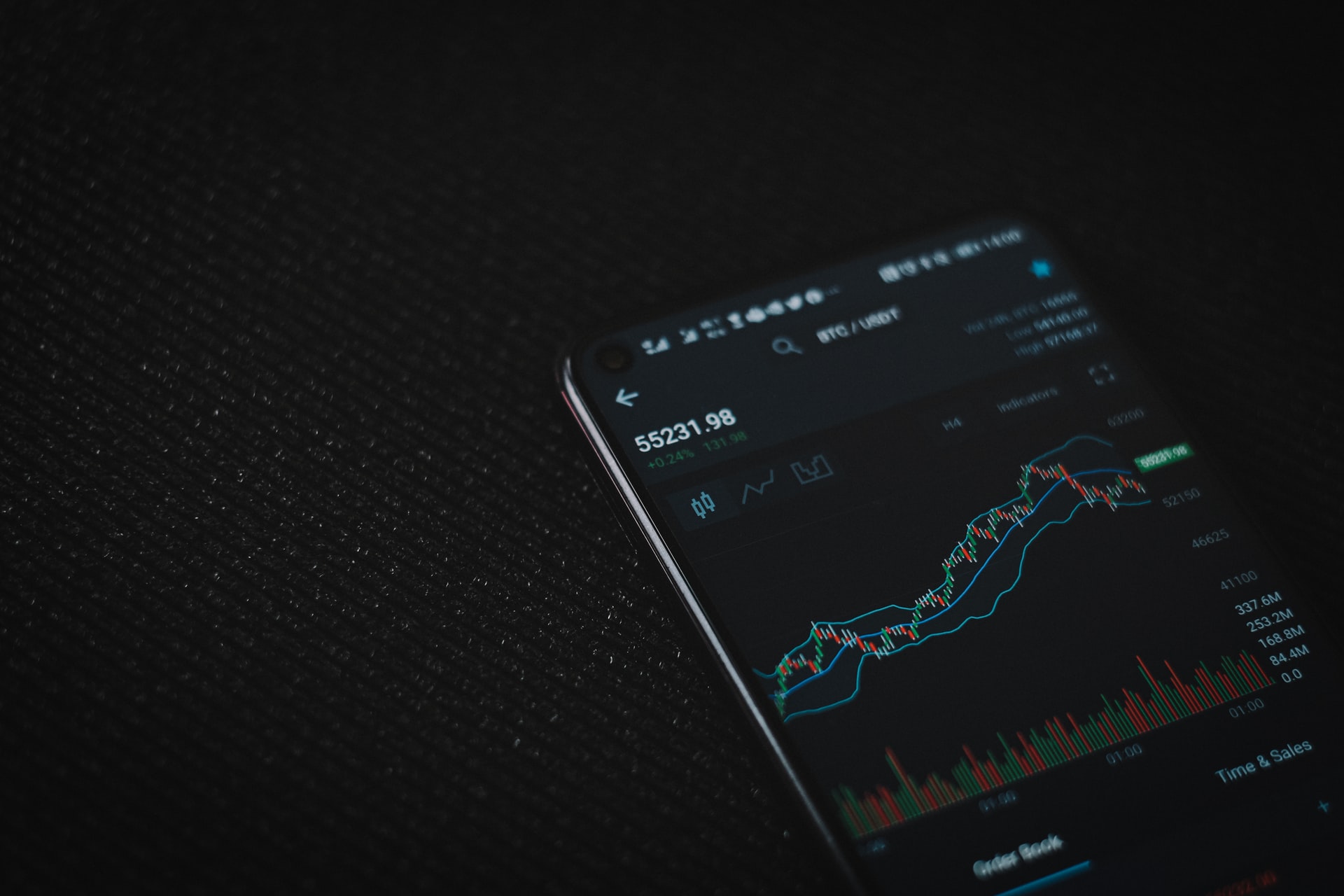Cryptocurrencies have attracted believers in decentralized finance, investors, speculators, and many others. A crypto account through a provider opens up a new world of possibilities. You can invest in mainstream virtual currencies such as Bitcoin or Ethereum or test the waters with altcoins. We will share the steps you can take to open an account and start buying crypto today.
How to Open a Crypto Account Step-by-Step
Opening up a crypto account takes some time, but crypto trading platforms become second nature once you complete these five steps. Some steps will present you with several choices. We’ll outline them below.
1. Choose Your Storage Method
Crypto storage is a big deal. Proper storage methods keep your crypto safe from hackers, and you don’t want any vulnerabilities. Using your own cold storage offers significant protections, but it also comes with risks. Some people have gotten locked out of their fortunes or lost their hard drives. You have a few choices to consider fr your storage method.
- Hosted Wallets vs. Self-custody Wallets: Hosted wallets are the easiest way to enter the crypto space and don’t require any technical knowledge. Crypto exchanges store your digital assets in their crypto wallets. They use cold storage and other cybersecurity protocols to keep these assets safe. Some of these companies have insurance policies to protect your crypto, but you could lose your crypto holdings if the exchange files for bankruptcy. Self-custody wallets give you full ownership of the crypto, but it takes more effort to create a cryptocurrency wallet. Self-custody wallet holders are responsible for storage and cybersecurity. If a hacker gets into your self-custody cryptocurrency wallet, the exchange doesn’t owe you anything.
- Hot Wallets vs. Cold Wallets: Hot wallets are connected to the internet, making it easier to buy and sell crypto. This more straightforward approach comes with cybersecurity risks. Hot wallets are vulnerable to hackers since they are connected to the internet. Cold wallets are offline, physical wallets that store Bitcoin and other cryptos. Many people refer to cold wallets as cold storage. You have to connect the cold wallet to your computer to trade crypto. You’ll have to take these extra steps before each set of transactions, but it offers more protection.
- Hardware Wallets: Hardware wallets are more expensive, but they come with the best security. Even if your computer gets hacked, your hardware wallet can remain secure. You’ll have to compare brands and buy a hardware wallet that matches your needs. You can’t store fiat currency in a hardware wallet and will have to deposit crypto into it.
2. Choose Your Cryptocurrency Broker or Exchange
Crypto investors can select from several brokers and exchanges. These middlemen facilitate transactions that help you buy and sell crypto. Some brokers and exchanges hold crypto in their digital wallets on your behalf. Others let you use a cold wallet to store crypto you buy on their platform. We’ll discuss several factors to consider about crypto brokers and exchanges.
- Cryptocurrency Brokers vs. Cryptocurrency Exchanges: Brokers simplify cryptocurrency trading, while exchanges provide more options and complexity. Brokers such as Robinhood either charge higher fees or sell your transaction information to brokerages and funds. Cryptocurrency exchanges like Coinbase typically have lower fees than brokers. Exchanges have steeper learning curves, but they become easier to use over time. Most brokers offer mobile banking apps to make your crypto portfolio more accessible.
- Centralized vs. Decentralized Exchanges: Centralized exchanges are traditional financial institutions that oversee all activity. You can reach out to customer support to resolve issues, but centralized exchanges have higher fees. Decentralized exchanges lack a central authority, making them less vulnerable to cyber attacks. Some decentralized exchanges have liquidity issues and are more difficult to use. Some crypto investors enjoy the perks of decentralization after getting over the initial learning curve.
- NFT Marketplaces: NFT marketplaces let you trade and create non-fungible tokens. These marketplaces can produce steady income streams if your NFT becomes popular. NFTs are more high-risk and high-reward assets than cryptocurrencies. Some crypto exchanges, such as Coinbase, also offer NFT Marketplaces.
3. Create Your Account
After browsing through cryptocurrency brokers and exchanges, you have to choose one and create an account. You can change your mind later and create an account somewhere else. Creating an account with a broker or exchange gets you one step closer to trading crypto. Crypto enthusiasts should consider brokers and exchanges that offer several perks. Some solutions strengthen your finances while enabling you to trade over 30 different crypto coins directly from your account and the app. Perks like these are advantageous for your crypto journey. You should expect more from a broker or exchange than simply crypto trading.
4. Fund Your Account
Creating an account enables you to trade crypto, but you still need a funding source. You can fund your account with the following methods:
- Debit/Credit Card: Connect your card with your crypto broker and start making contributions. Debit cards let you tap into your checking account’s balance, while credit cards let you use cash advances. You should only use a credit card as a last resort because of the high interest rates.
- Bank Transfers (ACH, Wire Transfer, etc.): You can use bank transfers to direct funds to your crypto account. You can either do these bank transfers manually or set up automatic transfers that take place weekly or monthly.
- Peer-to-peer Services: Peer-to-peer services eliminate middlemen and work great for crypto exchanges. A buyer and seller meet each other virtually and exchange currencies without any assistance.
5. Purchase Your Chosen Cryptocurrency
You’ve done the hard part and set up the infrastructure for your crypto account. Now, you get to decide which cryptos to add to your portfolio and purchase them. Crypto investors may get started with popular picks like Bitcoin and Ethereum. However, investors seeking more risk in exchange for a higher potential payoff should consider altcoins. An altcoin is a digital currency with a small market cap. An altcoin can rapidly gain market share if it gets enough demand.
You can invest a little bit every week or month into your crypto portfolio, depending on your preference. Some investors make a lump sum investment and don’t make additional investments for several months.






